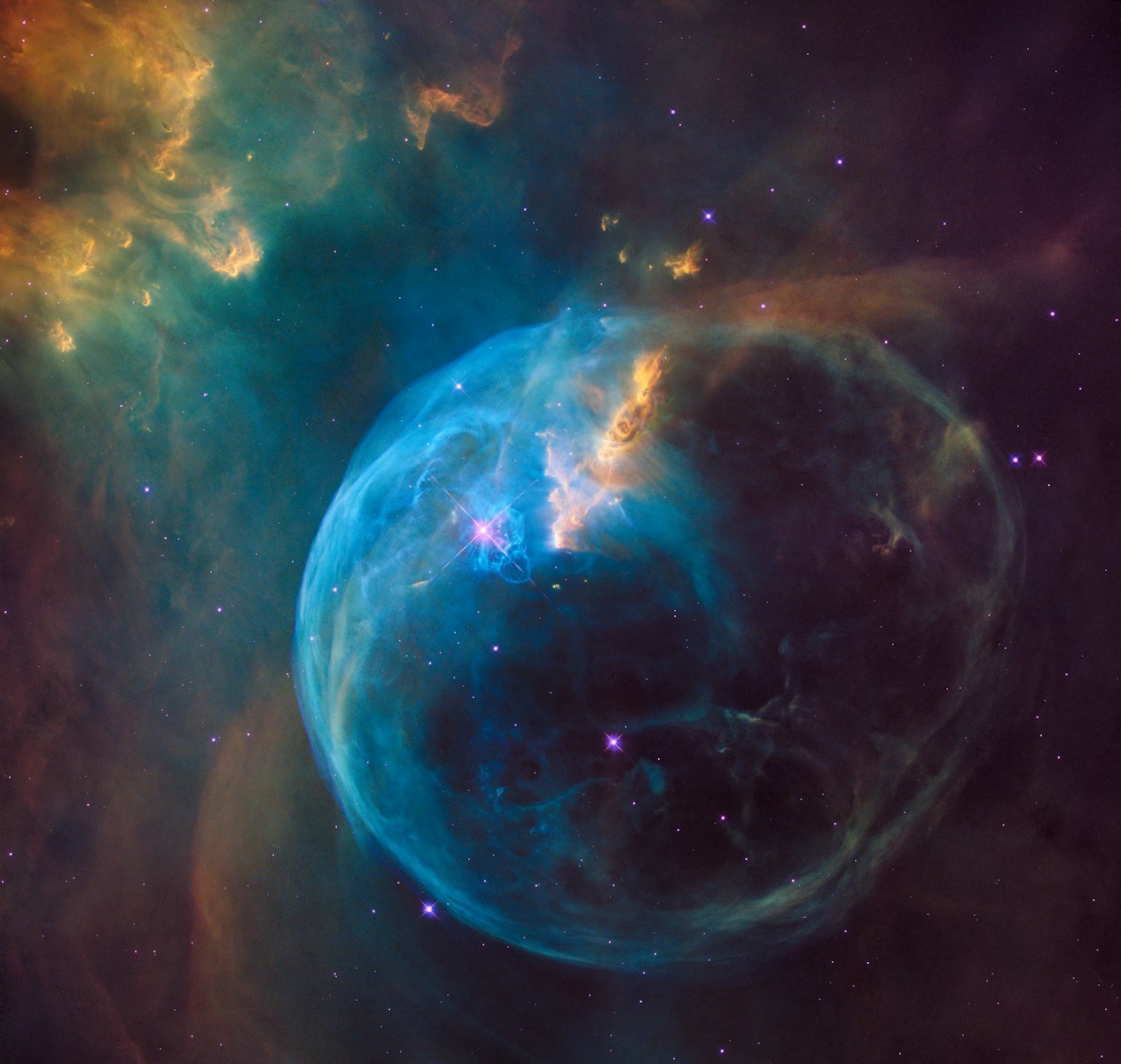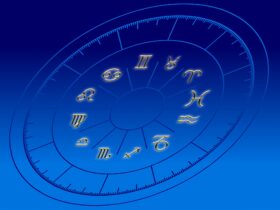By: Sanjeev Verma
When we enter the world, we are like a blank canvas, with our five senses ready to absorb every detail of the surrounding environment. Imagine a newborn as a malleable gel, soft and impressionable, upon which the universe begins to inscribe its energy. This energy comes not only from the stars and planets but also from the people, environment, and emotions present at the time of birth. From the very moment of birth, these imprints start forming the subconscious mind, shaping our personality in profound ways.
The Cosmic Imprint
Astrology suggests that the moment of our birth is more than just a random point in time; it is a unique convergence of cosmic forces that define the essence of who we are. An astrological chart, also known as a natal chart or horoscope, captures this moment. It is a map of the sky at the exact time and place of birth, detailing the positions of the planets, stars, and other celestial bodies. This chart is like a fingerprint of the soul, a blueprint that reveals the potentials, challenges, and life path of the individual.
The astrological chart is more than just a representation of celestial positions. It is a reflection of the energetic field that surrounds us at birth. This field, influenced by the cosmic energies, interacts with our nascent consciousness, imprinting itself onto our subconscious. As these energies are absorbed, they become part of the foundational layers of our personality, shaping our thoughts, emotions, and behaviors.

The Role of Environment and Emotions
While the cosmic energies play a significant role in shaping our subconscious, the environment and emotions surrounding us at birth are equally impactful. Take, for instance, a child born in a region where cultural norms dictate a preference for male children. If a girl is born in such an environment, the energy surrounding her birth may be tinged with disappointment or even resentment. This negative energy, absorbed by the infant, can embed itself into her subconscious, leading to feelings of self-doubt, identity crisis, and a lifelong quest for validation.
The Womb as the First Classroom
The process of imprinting does not begin at birth; it starts much earlier, within the womb. During pregnancy, a child is not isolated from the external world. The developing fetus can hear sounds, sense the mother’s emotions, and even respond to stimuli from outside the womb. This early exposure to the world begins to shape the child’s subconscious mind even before birth.
The work of Dr. Thomas Verny, a pioneer in the field of prenatal psychology, supports this idea. His research indicates that the experiences and emotions of the mother during pregnancy can have lasting effects on the child’s emotional and psychological development (Verny & Kelly, 1981). This means that the astrological chart, which reflects the energies present at the time of birth, is not just a static snapshot but the culmination of an ongoing process that began in the womb.
The Astrological Chart: A Map of Potential
An astrological chart can be seen as a map of an individual’s potential. Each planet, house, and aspect in the chart represents a different area of life, such as career, relationships, health, and spirituality. These components of the chart are like seeds, each with the potential to grow into something significant. However, whether these seeds flourish depends on the individual’s free will and effort.

The Interplay of Destiny and Free Will
One of the most intriguing aspects of astrology is the interplay between destiny and free will. The astrological chart outlines the potential paths a person can take in life, but it does not dictate a fixed outcome. Instead, it provides a framework within which free will operates. The choices we make, the actions we take, and the effort we put into nurturing our potential determine how our life unfolds.
For example, consider the case of renowned psychologist Carl Jung, who was deeply influenced by astrology. Jung believed that while the astrological chart could reveal the innate tendencies and challenges an individual might face, it was up to the individual to navigate these challenges and fulfill their potential (Jung, 1959). Jung’s own chart indicated a strong inclination toward exploring the unconscious mind, which he chose to develop into a groundbreaking career in psychology.
Embracing the Power of the Astrological Chart
The astrological chart is a powerful tool for self-understanding and personal growth. It is not just a prediction of fate but a guide to realizing our true potential. By understanding the energies imprinted upon us at birth and the subconscious patterns they create, we can make informed choices about how to live our lives. Whether we reach our full potential depends on our willingness to work with these energies and make conscious decisions that align with our true nature.
In essence, the astrological chart is a mirror reflecting the soul’s blueprint. It shows us who we are at the deepest level and what we can become if we choose to nurture the seeds of potential within us. By embracing this knowledge, we can navigate the complexities of life with greater clarity and purpose, ultimately shaping our destiny in alignment with the cosmos.













Leave a Reply